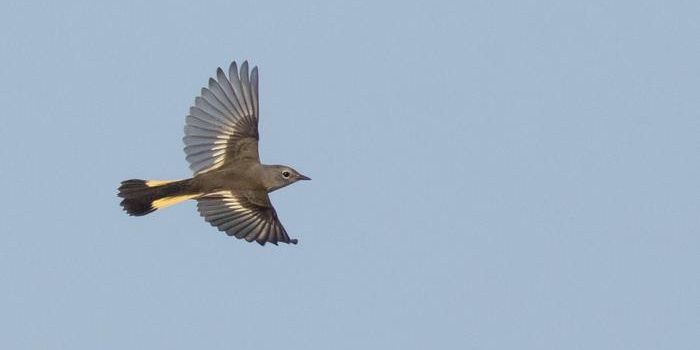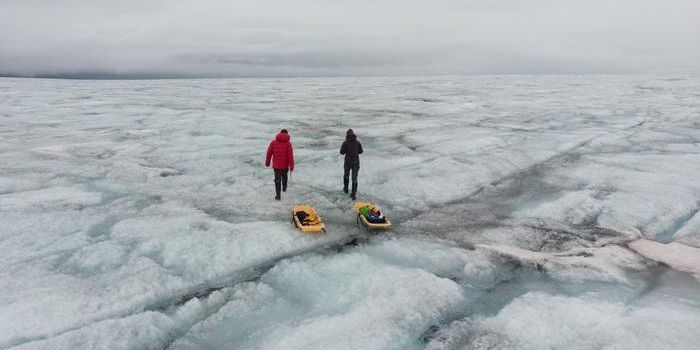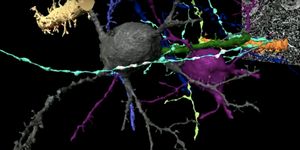A Beast Crazy Enough to Live with Dinosaurs
At one time, Australia, South America, Antarctica, the Indian subcontinent, Africa, and the Arabian Peninsula were merged into a supercontinent now known as Gondwana. Scientists are still learning about how mammalian evolution progressed there. Reporting in the Journal of Vertebrate Paleontology, researchers have now described a strange mammal that lived during the time of the dinosaurs about 66 million years ago. The study is based on a nearly complete skeleton that has been preserved as well or better than any ever found in the southern hemisphere from before the dinosaurs went extinct.
This animal is called Adalatherium, from the Malagasy and Greek languages for "crazy beast," and it's a large relative of the typically mouse-sized mammals that lived in the Cretaceous period about 145 - 66 million years ago. Adalatherium was about the size of an opossum and was from what's now Madagascar. It's a gondwanatherian, a now-extinct group of mammals. This is the first complete skeleton found from this group of mysterious animals that lived among massive crocodiles and dinosaurs.
Gondwanatherians were only discovered in the 1980s and they have yielded very few fossil remains. Still, researchers could tell that these animals were quite unlike others on the mammalian family tree and it was unclear how they fit in.
"Knowing what we know about the skeletal anatomy of all living and extinct mammals, it is difficult to imagine that a mammal like Adalatherium could have evolved; it bends and even breaks a lot of rules," noted Dr. David Krause of the Denver Museum of Nature & Science.
The skeleton of Adalatherium has many bizarre features. "Adalatherium is simply odd. Trying to figure out how it moved, for instance, was challenging because its front end is telling us a completely different story than its back end," said Dr. Simone Hoffmann of the New York Institute of Technology.
It had muscular hind legs, with large claws on its back feet and smaller front legs, as though it was a digger that also had to be able to run quickly. It probably tucked its forelimbs under its body, while sprawling the hind legs. It had front teeth that apparently kept growing like rabbits' but its back teeth are unlike anything that's ever been seen in any mammal. It also had a hole in the top of its snout.
At the time of its existence on Madagascar, the island had already been separated from Africa for more than 150 million years and the Indian subcontinent for at least 20 million years.
"Islands are the stuff of weirdness," said Krause, "and there was therefore ample time for Adalatherium to develop its many extraordinarily peculiar features in isolation."
"Adalatherium is an important piece in a very large puzzle on early mammalian evolution in the southern hemisphere, one in which most of the other pieces are still missing," added Hoffmann.
Sources: AAAS/Eurekalert! via Taylor & Francis Group, Journal of Vertebrate Palaeontology









